Media | Articles
Every NASCAR fan should camp at Talladega at least once
“Sweet Home Alabama, where the skies are so blue!”
A three-piece band strummed guitars and bashed drums as it belted the Lynyrd Skynyrd melody into the cool spring night. Above the band, highlighted against the neon-lit fog of the smoke machines, swayed a two-story party deck constructed of plywood and crammed with cheering NASCAR fans. In front of me, by the feet of the lead singers, howled a group of rowdy college boys wearing backwards Bass Pro Shop hats and tank tops. To my left stood Matt Kaulig, a University of Akron quarterback, who has a net worth of $5M and owns several NASCAR teams, thanks in part to the capital generated by a patented filter that keeps leaves out of household gutters.
The Dixieland scene was unfolding in the center of the Talladega Superspeedway in eastern Alabama, on a temporary row of concert stages, party decks, and RVs called The Boulevard. The half-mile stretch of nighttime revelry is a staple of every Talladega NASCAR weekend. If the Daytona 500 is the Super Bowl of stock car racing, then Talladega is a primetime SEC college football game.
Daytona is about a decade older than Talladega, too. In the 1960s, NASCAR founder Bill France was looking to outdo what he had done in Daytona. NASCAR was growing by leaps and bounds, and for his second act, he wanted to build a track that was bigger, faster, and more accessible than the 2.5-mile Florida speedway. In 1968, France and his team broke ground on an abandoned Air Force base in Talladega. About a year and a half later, the four-million-dollar project was complete. NASCAR made its first visit in September 1969, but many of the series’ top stars were absent: High speeds and tire degradation caused many racers to boycott the inaugural race. Richard Brickhouse took the checkered flag, his first and only victory in the Cup Series.
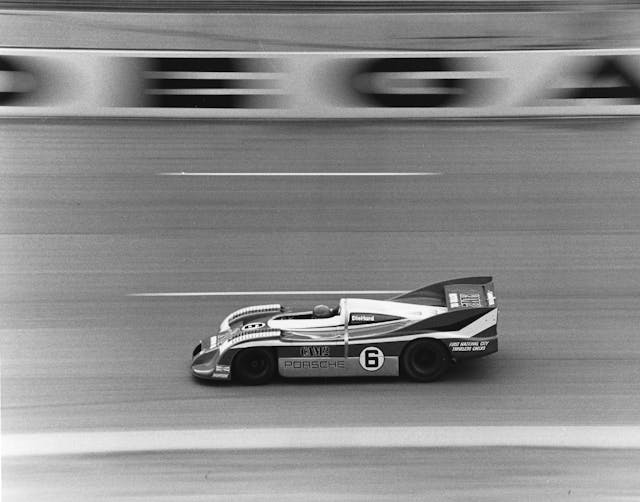
Since ’69, fans have flocked to the 2.66-mile circuit, NASCAR’s largest and fastest oval. It’s so fast, in fact, NASCAR must restrict the amount of air and fuel traveling into the engine of each race car to keep race speeds below 200 mph. Two times out of the year, the typically quiet patch of land nestled in the Talladega forest transforms into a bustling mini-city, sprawling over 3000 acres and, at the most recent count, holding upwards of 175,000 spectators.
As a long-time stock-car fanatic, I have always wanted to see this mecca of speed (and infield parties) for myself. Last April, I sent out a message on Instagram asking if any of my photography buddies who traveling the stock-car circuit were planning to camp during NASCAR’s spring visit to Talladega. As luck would have it, a few of them were and still had enough real estate on their reserved infield lot for a small tent. Two weeks later, my truck was packed with everything from stakes to camera lenses. The only thing that was missing was a copy of Talladega Nights:
“I’m Ricky Bobby. If you don’t chew Big Red, then f*** you.”
The 2006 cult classic featuring funnyman Will Ferrell only added to the Alabama track’s reputation. Every NASCAR weekend, some team pays tribute to the movie with a comical social media post or a press conference quote. 17 years later, the references are going strong: Ahead of the 2023 race in September, Stewart-Haas Racing secured Old Spice and Wonderbread sponsorships to recreate the two most popular schemes from the movie. Teammates Chase Briscoe and Ryan Preece even capped off the unveiling press conference with a “Shake and Bake” handshake.
You’re likely to see more Ricky Bobby fire suits than collared shirts on the Boulevard, too. Friday night of the race weekend, after setting up my tent and meeting the neighbors, who kindly offered me and my friend some type of smoked meat, I strolled over to the infield party. I have been to a couple of Southern soirées, and Talladega’s was fairly convivial: Debauchery was fleeting, and minimal party fouls were committed.
There was a lot of drinking, though. At one point, NASCAR star Noah Gragson rolled past in a golf cart. He looked, as the kids say, “lit”—but we all had a sheet or two in the wind.
I awoke Saturday morning with a raging headache. As the intense morning sun began to dry the dew on my tent, I stumbled to the media center, looking for coffee. Early practice for the Cup Series race on Sunday was already underway. Cars roared around the 33-degree banking, tickling 200 miles per hour. Gragson’s racer flew by. I flinched in sympathy—how could anyone not call these drivers athletes, especially those who had partied the night before?
Despite the breakneck speed, Talladega isn’t a physical contest so much as it is a mental game. Racers often call it a “high-speed game of chess.” The restricted pace means that drivers flat-foot it around the track. Since nobody is lifting, air is the chief weapon. As in a group of Tour de France bicyclists, drafting is paramount. For most of the race, the 40-car field is a coagulation of cars. “Pack racing,” as it is called, only exists at a few tracks on the NASCAR schedule.
This type of racing is rather polarizing among those in the garage area. Some drivers love the mental gymnastics it requires to leapfrog through the congestion. Others are quick to point out that the tight packs do nothing but create a pressure cooker as laps tick away. When the pot boils over, that’s called “the big one”— a multi-car wreck, often tossing vehicles airborne. At NASCAR’s most recent pack race, Ryan Preece barrel-rolled in the air 10 times in an accident during the closing laps. Most of Talladega’s races end in smoke and bent metal.
Saturday night, like Friday, was rowdy, though much of the industry contingent was absent as they rested up for the main event on Sunday. A few fellow photographers sat around our campfire and told ghost stories deep into the night. The track is probably haunted: Legend suggests that when Andrew Jackson seized 22 million acres of what would become Alabama from the Creek Nation in 1814, a Creek shaman cursed the land. Others say that, like the house in Poltergeist, Talladega was built on an American Indian burial ground. Drivers know the tales, and believe them: In 1973, 37-time winner Bobby Isaac was leading a race at ’Dega when voices in his head told him to get out of the car immediately. He pulled into the pits and refused to finish the race.
Sunday came like Christmas morning. By 3 p.m., the Cup field rolled under the green flag and, true to form, pack racing brought high drama and several wrecks. On the last lap, Alabama native Bubba Wallace was leading when he was spun out by the second-place car.
Hello, “big one.” So long, Talladega.
***
Marketplace
Buy and sell classics with confidence
Check out the Hagerty Media homepage so you don’t miss a single story, or better yet, bookmark it. To get our best stories delivered right to your inbox, subscribe to our newsletters.
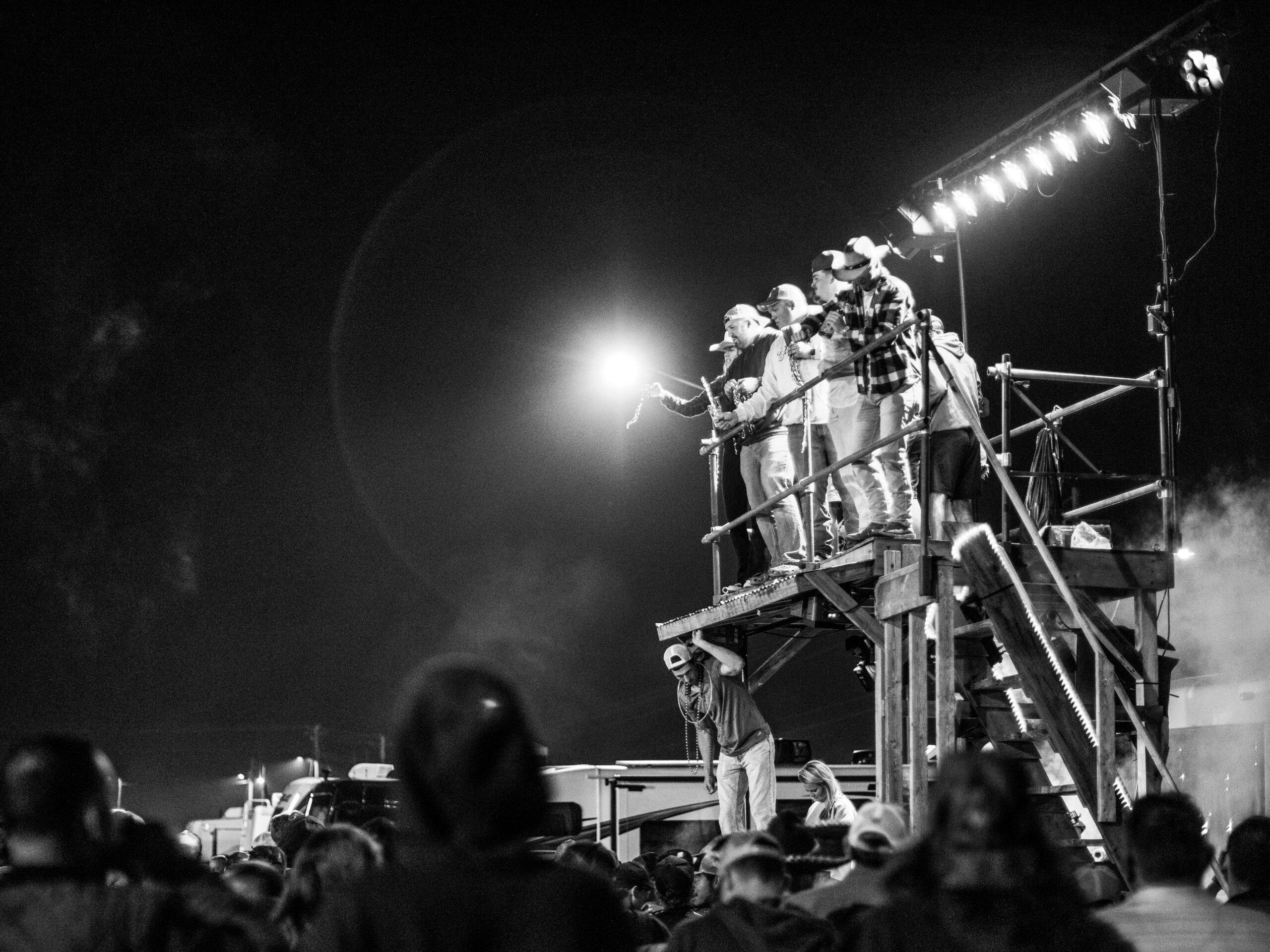
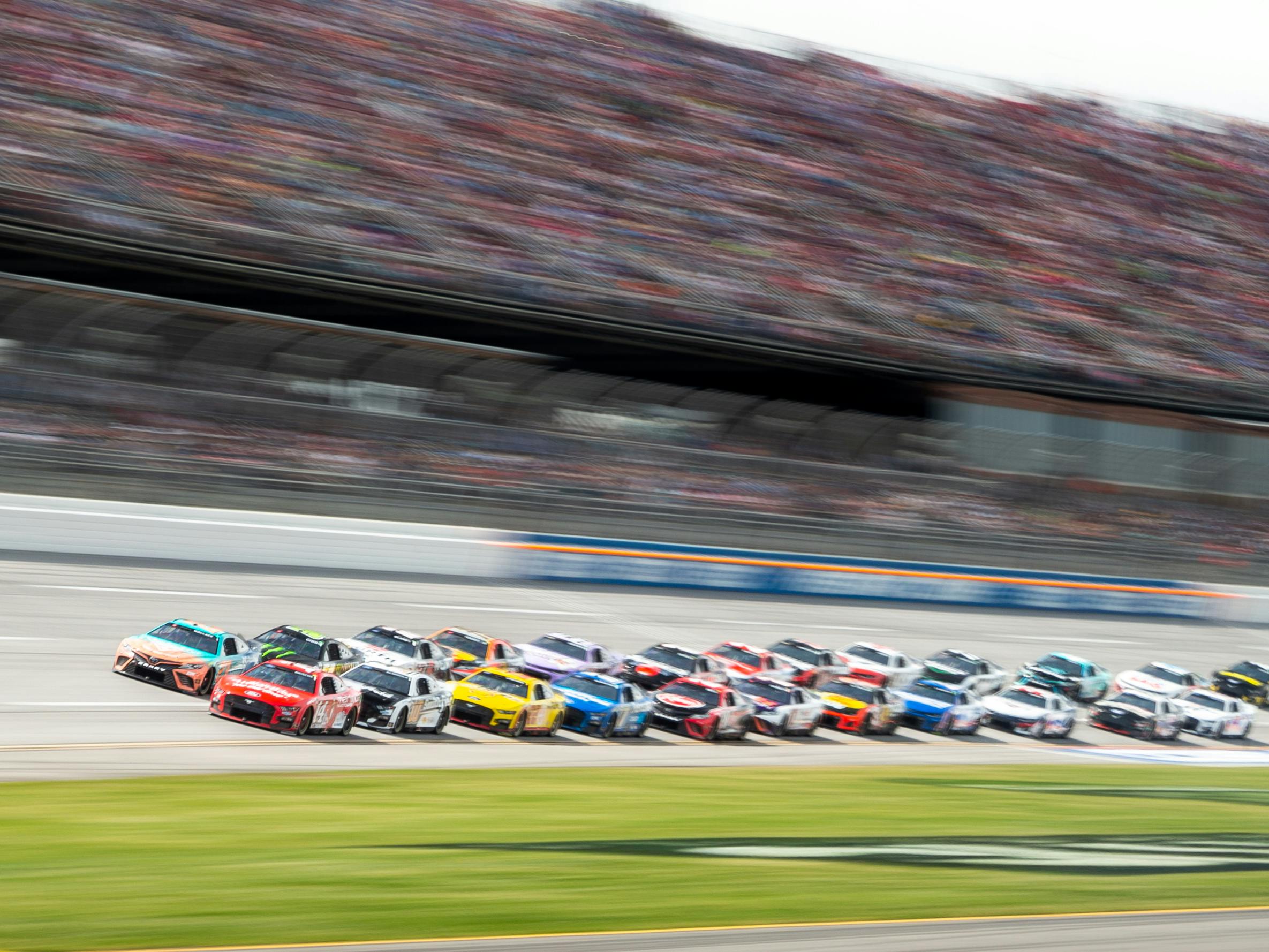

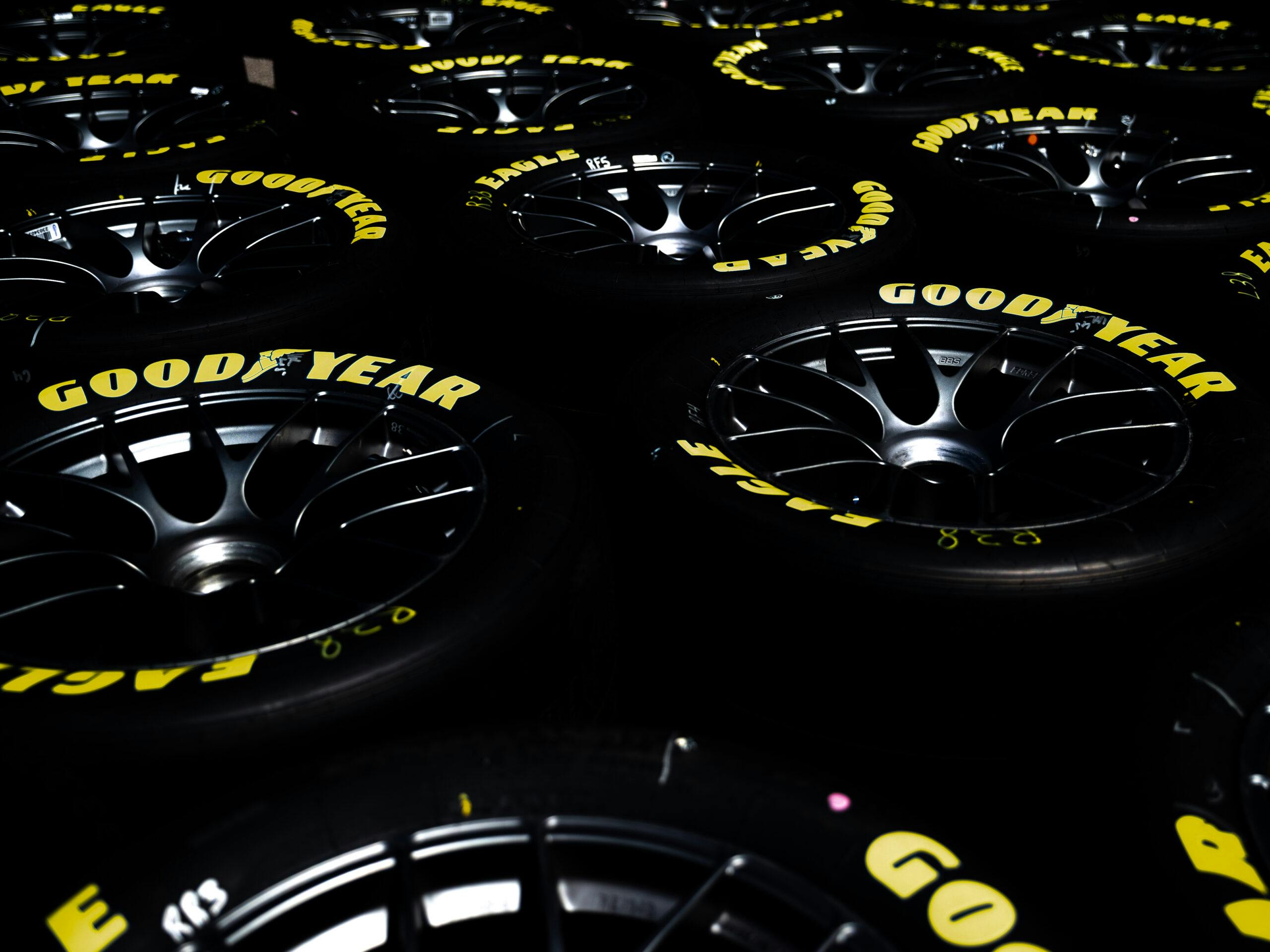
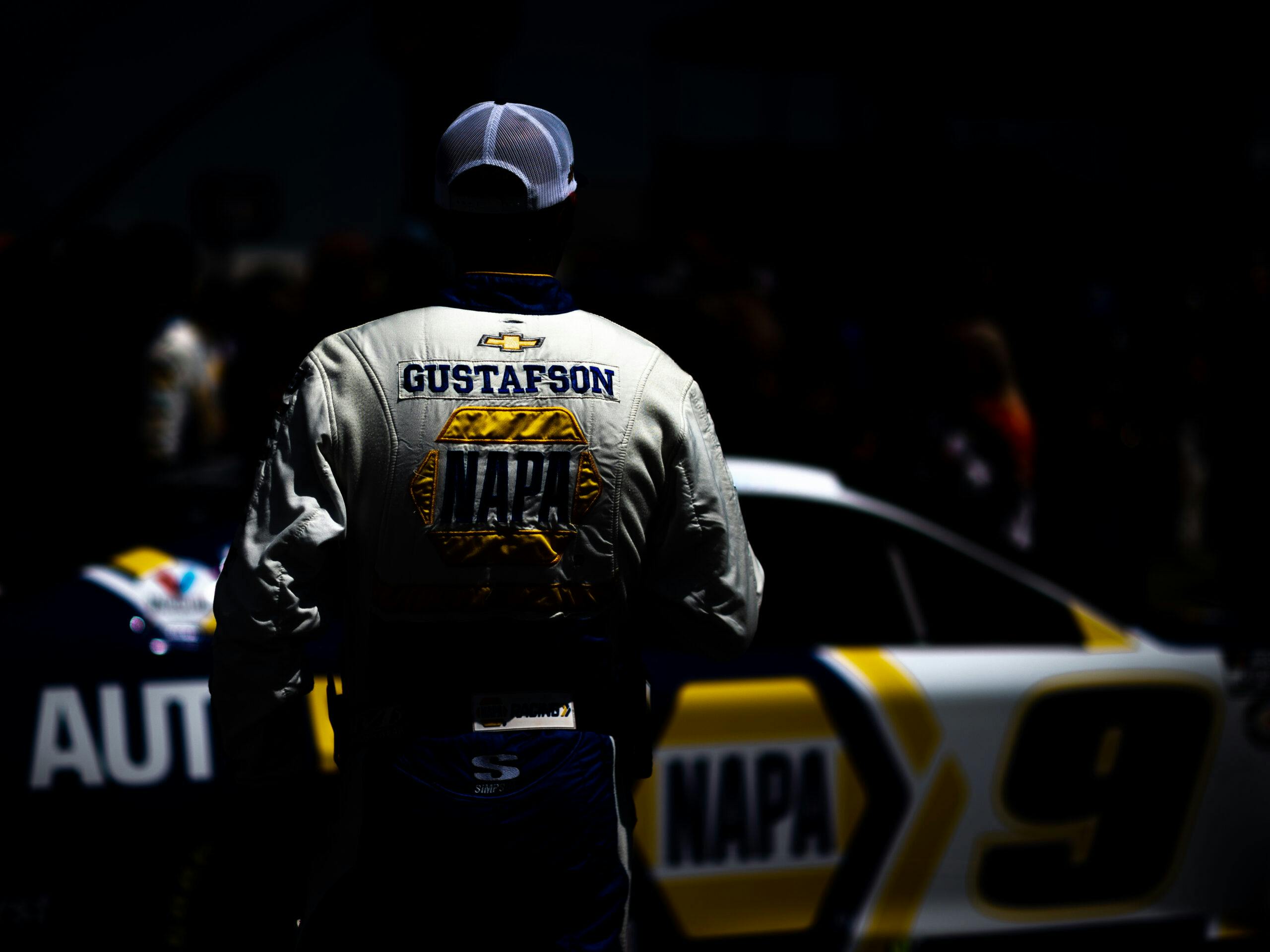
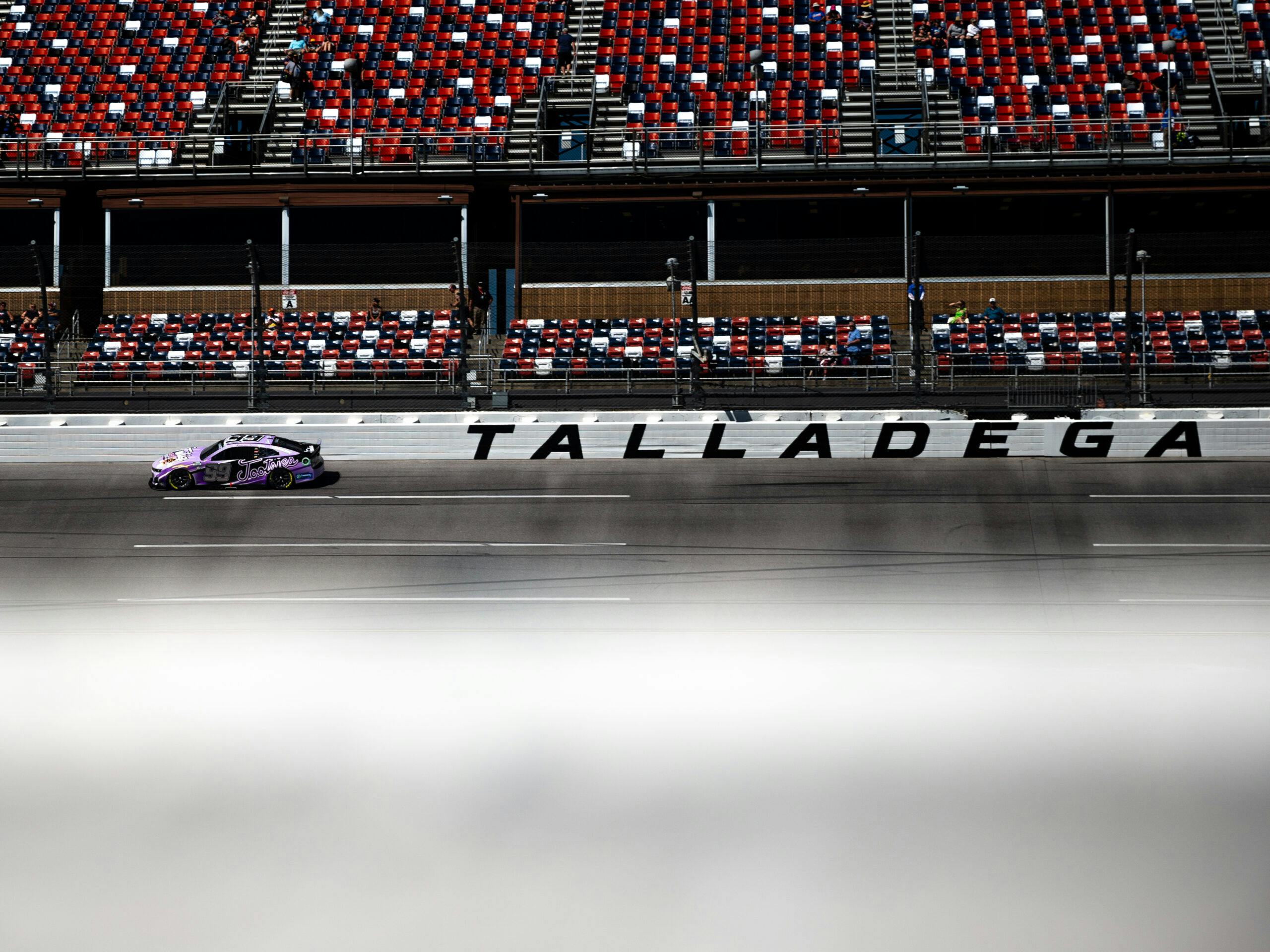
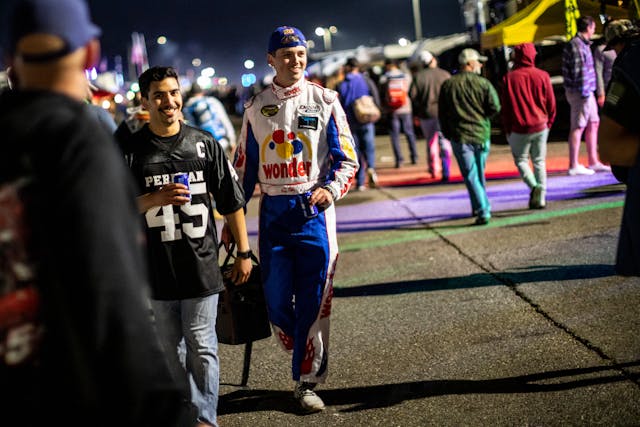

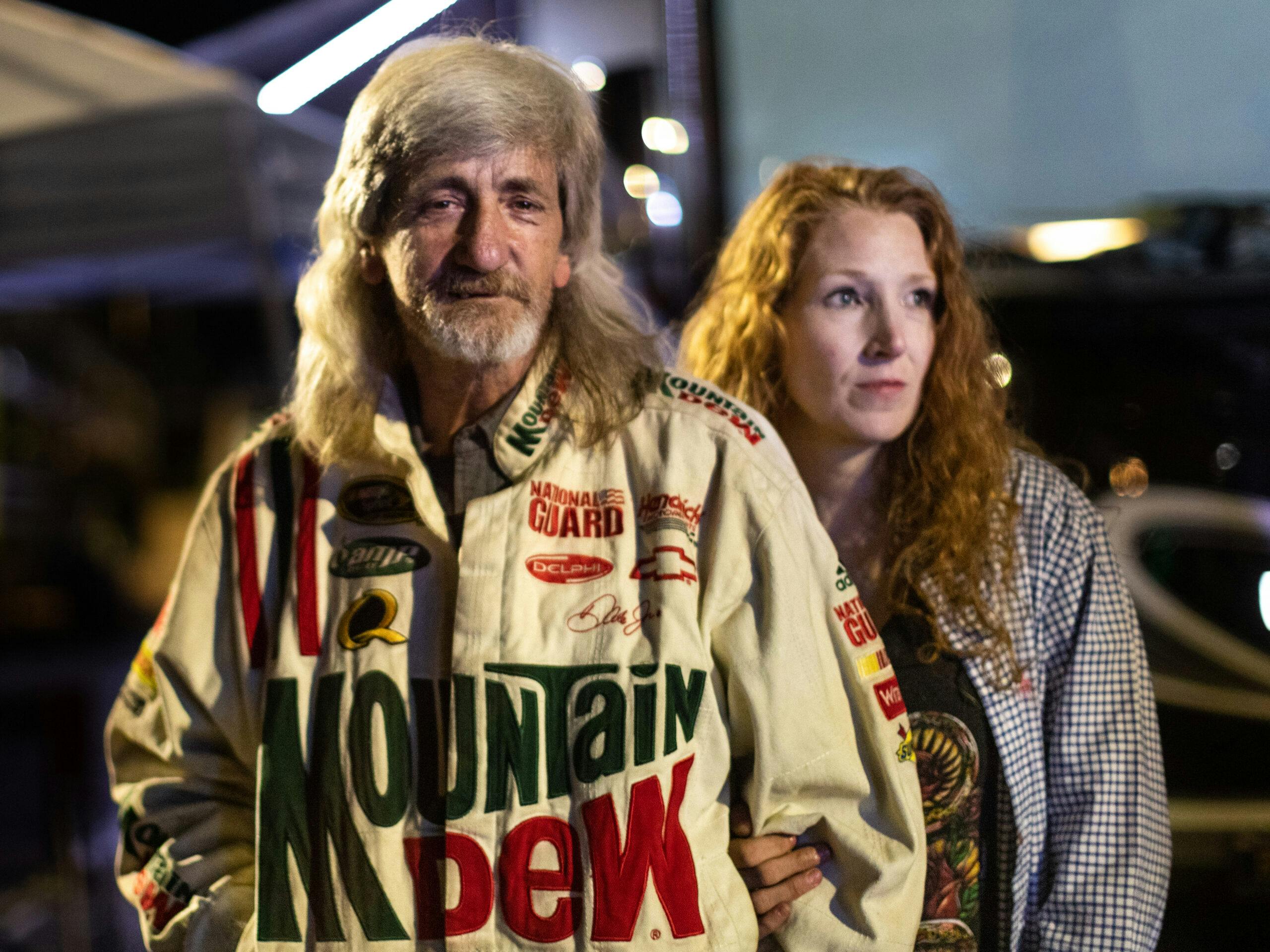


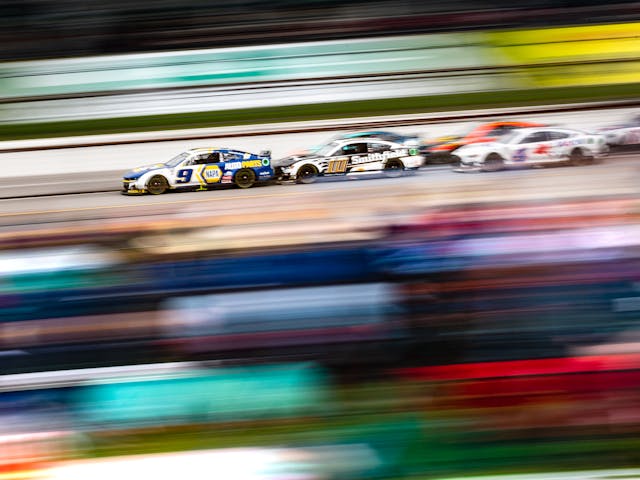
















Not really a modern NASCAR fan – I liked it when they were actually (sorta) stock cars – but I do respect how dedicated the fans are and how big the spectacles are, especially at Talladega. I’m okay with Sweet Home Alabama, but shave my chest hair? Not no way, not no how, not for no-body.
I’m the same. The road course are interesting but otherwise I miss the days when there was some resemblance to the actual production street car.
Give me bias-ply tires and h-patterns! Thanks for reading.
Bucket list. drive the track with an instructor. Even @175 mph it makes your butt pucker. Worth every dollar. You will never look at the track the same way.
Great suggestion!
“Wearing backward Bass Pro Shop hats”, or Bass Pro Shop hats backward? Sarah Huckabuck Sanders, wearing a face more fitting to her father, might take exception to your wording.